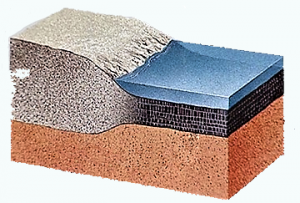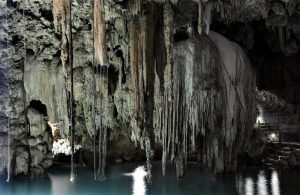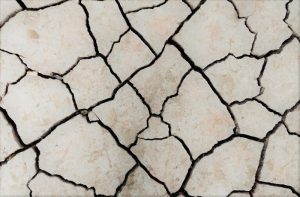Photic zone
The photic zone is the surface layer of the oceans or water bodies. This zone has enough light for organisms to carry out the process of photosynthesis. In the ocean, about 90% of life can be found and developed within this zone. The depth of this zone can vary greatly, depending on a number of different factors. It is also called the euphotic zone, and in it we can find all those organisms that need light to obtain energy, along with some organisms that depend on these beings for their sustenance. This includes plants, bacteria, algae and many animals that inhabit the sea. Some inhabitants of this area have developed creative adaptations such as pigments that help them use sunlight more effectively, so that, they can survive at lower light levels. Scientists are very interested in the photic zone, as it can provide important information about ocean health. Protecting this area is important for fishing and other industries that use the ocean and for the survival of the environment in general.
What is the photic zone?
The photic zone is the oceanic zone that lies between 0 and 200 meters below the surface of the sea, is where most marine life develops and in which enough amount of sunlight is carried for photosynthesis.
Characteristics of the photic zone
Among the main characteristics of the marine photic zone we can mention the following:
- The microorganisms that live in this area represent an important percentage of world consumption of carbon dioxide, breathe oxygen as a waste product and in this way, help to keep the composition of gases in the Earth’s atmosphere
- In the photic zone you can find enough light penetrating the water for photosynthesis to take place. Because photosynthesis occurs in this place, we can find more than 90 percent of all marine life that inhabits the sea.
- In this area is where we can find plankton, important for food chain.
- The term photic is a derivative of the word photon, which means particle of light.
- In tropical waters that are more transparent, the euphotic zone can extend to a depth of 80 meters.
- Sunlight does not penetrate so closely into the pole area, so in these areas the euphotic zone may be less than 10 meters deep.
- Turbid and muddy waters can have one euphotic zone of only a few centimeters deep.
- Most ocean nutrients are produced in the sunlight area. These nutrients will provide food for creatures that live beyond the zone. Then, those who live in dysphotic and aphotic zones can continue to live by eating whatever material flows into their regions.
- The temperature in the zone can vary. These variations will depend on the season and the month. In the month of July and during the winter, the temperature reaches around 22 degrees Celsius. On the other hand, in January and in the summer season, the temperature can rise up to 27 degrees Celsius.
- The rainfall rate in the area varies and you will get additional water from the rain depending on the month in which it happens. Usually between the months of April to October, the rain is about 1 meter because it is the dry season. But in the rainy season, which occurs in the months of November and March, rainfall can be around 2 meters.
Animals of the photic zone
The photic zone is full of sunlight creating perfect conditions for marine life. The temperature provided by the sun’s heat along with the pressure of the ocean water is suitable for many creatures. For this reason many marine animals have an easy time adapting to the area. There are a large number of marine animals that can live in the sunlight or photic zone. These aquatic animals include all kinds of jellyfish, whales, fish and even sharks. Most of these creatures also find a way to adapt to the area. The upper part of their bodies is darker than the lower one in order to prevent predators from chasing them.
Plants of the photic zone
A wide variety of oceanic vegetation types and all types of plants can grow in the sunlit area. These plants include marine algae, plankton, and even mangroves. The body structure of these plants is already modified to allow them to float in the area. In addition, they have that special ability to carry out photosynthesis and for this reason also serve as a diet for marine animals.
How to cite this article?
Briceño V., Gabriela. (2019). Photic zone. Recovered on 23 February, 2024, de Euston96: https://www.euston96.com/en/photic-zone/










